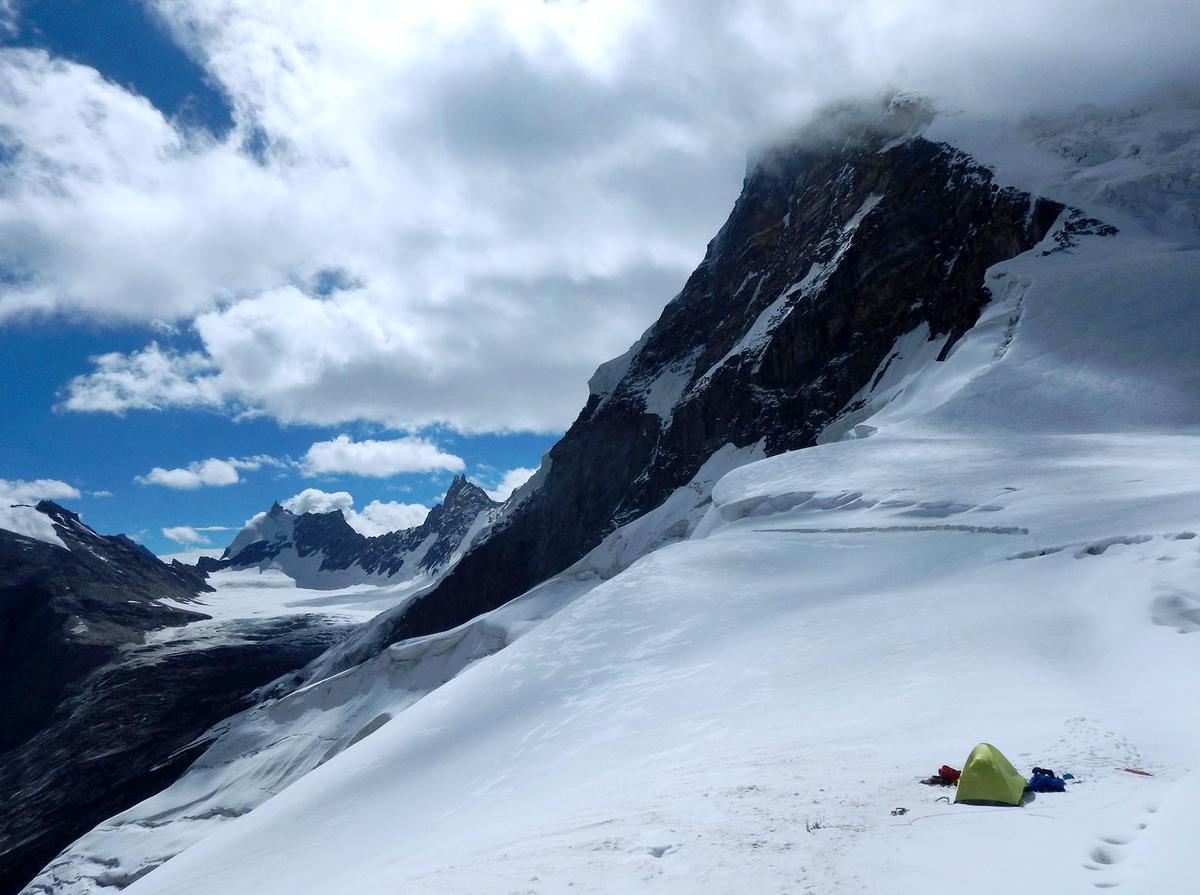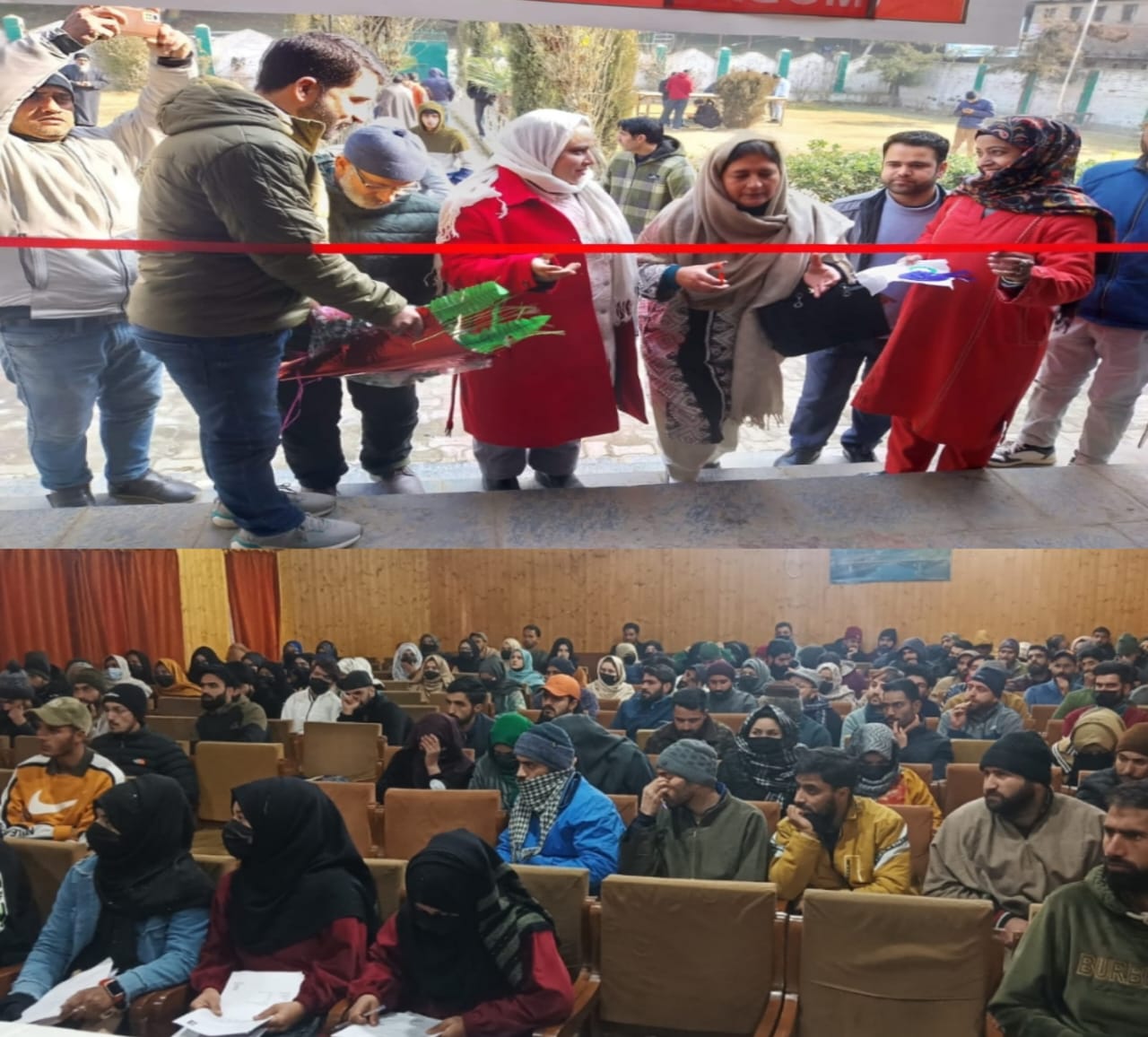By: MOHD ISHAQ SHAH
Long ago in 1970’s, a Russian Vessel named ‘Shokalisky’ carried on with a group of young minds who were supposed to explore the most freezed continent on whole globe- Antarctica. Tishani Doshi has been an active participants in that exploration visit that was mean to know the earth’s present, past and future. As Tishani Doshi mentions in his famous article; Journey to the End of Earth- If you want to know the present, past and future of the earth, Antarctica is the only place to visit. And in the elaboration, Tishani Doshi gives a very lucid explanation of the ecological essence, position and status of Antarctica with regard to the sustenance of the life on earth and its ultimate end. The very conclusion of that article is at one thought provoking and at the same time alarming.
The author says: Journey to the end of the Earth -21 Students on Ice, the programme I was working with on the Shokalisky, aims to do exactly this by taking high school students to the ends of the world and providing them with inspiring educational opportunities which will help them foster a new understanding and respect for our planet. It’s been in operation for six years now, headed by Canadian Geoff Green, who got tired of carting celebrities and retired, rich, curiosity-seekers who could only ‘give’ back in a limited way. With Students on Ice, he offers the future generation of policy-makers a life-changing experience at an age when they’re ready to absorb, learn, and most importantly, act.
Let’s have a bird’s eye view of what the text says: Six hundred and fifty million years ago, a giant amalgamated southern supercontinent — Gondwana — did indeed exist, centered roughly around the present-day Antarctica. Things were quite different then: humans hadn’t arrived on the global scene, and the climate was much warmer, hosting a huge variety of flora and fauna. For 500 million years Gondwana thrived, but around the time when the dinosaurs were wiped out and the age of the mammals got under way, the landmass was forced to separate into countries, shaping the globe much as we know it today. To visit Antarctica now is to be a part of that history; to get a grasp of where we’ve come from and where we could possibly be heading. It’s to understand the significance of Cordilleran folds and pre-Cambrian granite shields; ozone and carbon; evolution and extinction. When you think about all that can happen in a million years, it can get pretty mind-boggling. Imagine: India pushing northwards, jamming against Asia to buckle its crust and form the Himalayas; South America drifting off to join North America, opening up the Drake Passage to create a cold circumpolar current, keeping Antarctica frigid, desolate, and at the bottom of the world.
For a sun-worshipping South Indian like myself, two weeks in a place where 90 per cent of the Earth’s total ice volumes are stored is a chilling prospect (not just for circulatory and metabolic functions, but also for the imagination). It’s like walking into a giant ping-pong ball. How do geological phenomena help us to know about the history of humankind? Vistas devoid of any human markers — no trees, billboards, buildings. You lose all earthly sense of perspective and time here. The visual scale ranges from the microscopic to the mighty: midges and mites to blue whales and icebergs as big as countries (the largest recorded was the size of Belgium).
Days go on and on and on in surreal 24-hour austral summer light, and a ubiquitous silence, interrupted only by the occasional avalanche or calving ice sheet, consecrates the place. It’s an immersion that will force you to place yourself in the context of the earth’s geological history. And for humans, the prognosis isn’t good.
Human impact: Human civilizations have been around for a paltry 12,000 years — barely a few seconds on the geological clock. In that short amount of time, we’ve managed to create quite a ruckus, etching our dominance over Nature with our villages, towns, cities, megacities. The rapid increase of human populations has left us battling with other species for limited resources, and the unmitigated burning of fossil fuels has now created a blanket of carbon dioxide around the world, which is slowly but surely increasing the average global temperature.
Climate change is one of the most hotly contested environmental debates of our time. Some of the relevant questions that prop into the minds of every sensitive soul like me are as:
Will the West Antarctic ice sheet melt entirely? Will the Gulf Stream Ocean current be disrupted? Will it be the end of the world as we know it?
Maybe! May be not! Either way, Antarctica is a crucial element in this debate — not just because it’s the only place in the world, which has never sustained a human population and therefore remains relatively ‘pristine’ in this respect; but more importantly, because it holds in its ice-cores half-million-year-old carbon records trapped in its layers of ice. If we want to study and examine the Earth’s past, present and future, Antarctica is the place to go. What are the indications for the future of humankind?
Antarctica, because of her simple ecosystem and lack of biodiversity, is the perfect place to study how little changes in the environment can have big repercussions. Take the microscopic phytoplankton — those grasses of the sea that nourish and sustain the entire Southern Ocean’s food chain. These single-celled plants use the sun’s energy to assimilate carbon and synthesize organic compounds in that wondrous and most important processes called photosynthesis. Scientists warn that a further depletion in the ozone layer will affect the activities of phytoplankton, which in turn will affect the lives of all the marine animals and birds of the region, and the global carbon cycle. In the parable of the phytoplankton, there is a great metaphor for existence: take care of the small things and the big things will fall into place.
So, it is clear from the above research based analysis of environmental crises that the world is going to face complete global warming. The data shows that the worldly life will end as a result of release of carbon stored in the ice layers of Antarctica and the micro plants called phytoplankton’s which assimilate carbon and synthesize it during the process of photosynthesis.
The concentration of carbon will increase to such an extent that the living species will die for want of oxygen. Second drastic effect will be that the melting of glaciers will result into floods followed by draughts that will deprive the living world of food for survival. Environmentalists are concerned about the matter that they predict the future wars over the crises of water and other natural resources. Politics, religion and other causes will cease to impact world mindset and all the generations will be crazy about the natural resources with regard to their survival.
Although, there is a vivid difference in the theological and scientist based predictions, the result is going to be the same in both the cases. So, it matters less to focus on the cause and more to introspect on the results. In my opinion if the world is destined to end on dooms day why/how it is possible that cause of end is going to change. And the human race must have a sensibility in the sense that we should be loyal to the natural environment and the earth that has been sustaining us since the creation of living species on the globe so that the end of this world should happen in the way it is destined to end and should end in a satisfied way.




